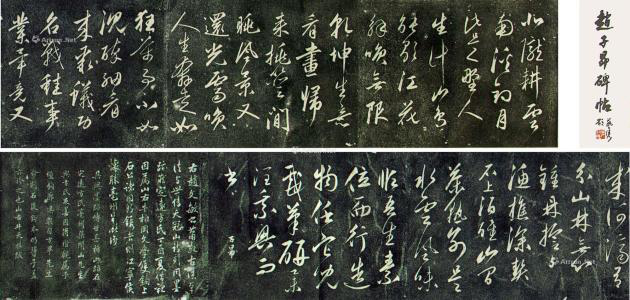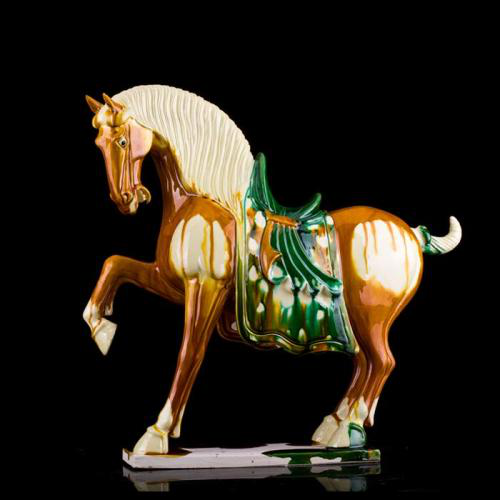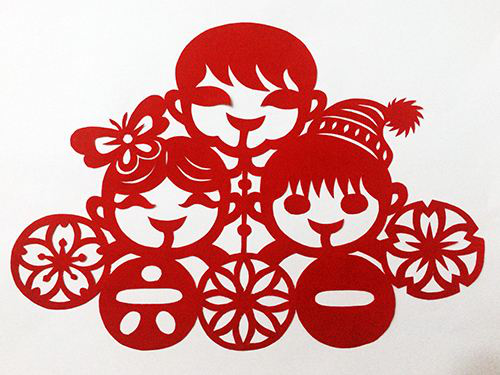- CURRENT LOCATION: HOME
- >> Tourism
- >> Travel Tips
- >>
- Shopping
Xi’an Shopping -- Local Product
2017-12-22 11:56:26 , Source : The Government Website of Shaanxi ProvinceCalligraphy Rubbings

In the history of Chinese art, calligraphy plays an important role. It has developed various styles and schools, constituting an important part of the heritage of the national culture. Rubbings are called by different names according to the ink used. To make rubbings, copies are made from cut inscriptions or pictures. In ancient times, in order to memorize or mark abandoned sites or commemorate historical events, people carved copy examples of text into ancient stone steles. Existing as a form of ancient relicts, these steles often lamented the past through written words carved into their surface. These words, as representative examples of famous calligraphers, were repeatedly copied and passed through centuries, slowly becoming Calligraphy Rubbings. Xi’an has more than 300 steles dating from the Han, Wei, Tang, Song, Yuan, Ming and Qing Dynasties collected in theForest of Stone Steles Museum. Books of rubbings from some of the most famous Chinese calligraphers can be purchased in the Painting and Calligraphy Street, near the Forest of Stone Steles Museum.
Tang Tri-color Porcelain Replica

Xi’an was the capital city of the Tang Dynasty, thus its historical prosperity left Xi’an with many cultural relics, especially Tang Tri-color Porcelain Replicas. Tang Tri-color Pottery is the generic name for the color-glazed pottery of the Tang Dynasty. Its colors include yellow, green, brown, blue, black and white, among which yellow, green and brown are its major tones. The body was made from white clay and it was fired at temperatures between 1,000 and 1,100°C before being glazed. After that a mineral frit was applied, containing the elements of copper, iron, cobalt and manganese. These replicas are still hand-made as they were during the Tang Dynasty. Common themes include figurines, ceramic camels and horses. Most of the tri-color human figures are female. It is a good present for travelers to buy.
Paper Cuts

Paper-cut is a widely popular folk art in North China, especially in Shaanxi Province. On days of grand ceremonies, such as the Spring Festival and weddings, local people like to decorate the doors and windows of their homes with colorful paper cuttings. Paper-cuts are usually made in red color, which expresses the happiness and passion of Chinese people. The paper cuts are mainly of three kinds: figures, customs and animals. They are usually bold and comical to carry the good wishes of the people. The main tools for making a paper-cut are just pieces of paper and scissors (or a knife). The hand skills in the paper cutting are very important. It is well worth watching the cutting process.
Terracotta Warriors Replica

The Terra Cotta Warriors and Horses is one of the most significant world cultural heritages. People from all over the world come to Xi’an to visit this great wonder, which makes the Terracotta Warriors the most popular tourist site in Xi’an. Real terracotta warriors are under the state’s protection. Travelers can buy the vivid terracotta warrior replicas as souvenirs. Different types of replicas are available, from inches tall to life-size. Each warrior or horse has its own character. According to different ranks and armed services, the uniform, cap, facial features, beard, hair and buckle also vary. You can also find them in different appearances, such as beautiful, ugly, fat, slim, young and old. Additionally, they have all kinds of facial expressions: happy, angry, sad, proud, foxy or humorous.
Demaogong Crystal Pancake

Demaogong Crystal Pancake is a typical representative of Qin-style cakes in ancient China. It has a long history of over 900 years, originating from the Song Dynasty. It was once eponymous with bird’s nest, white fungus and Jinhua ham. Among all the crystal pancakes, the one made in Demaogong is the most orthodox in China. The following legend describes its origin:
It is about an official of the Song Dynasty, Kou Zhun, on his way back to his hometown from Beijing on his 50th birthday. His friends and relatives brought peaches, steamed bread and inscribed wooden boards for his birthday celebration. During the process of the banquet, a servant brought in an intricate wooden box, in which Kou found 50 crystal-clear pancakes. The red paper sheet that covered the cakes read: ‘Penetrating are your eyes, and pure is your heart; being able to tell the loyal from the wicked, you are upright from the start’. The name of the sender was ‘an old man from Weibei’. Later, Kou’s chef learned its cooking technique. The name ‘Crystal pancakes’, given by Kou, is still in use today.
Glutinous Rice Wine

The Glutinous Rice Wine is a type of ancient wine, particularly in Xi’an with its long history. It has been a popular drink since the Tang Dynasty. There are three types of Huanggui Glutinous Rice Wine, a bitter one with added traditional medicine, a sweet one with sugar inside and one with neither medicine nor sugar, but the original taste.

Government Organizations



Other Links

Copyright@www.shaanxi.gov.cn All Rights Reserved
Registration Number:陕ICP备10004160号
